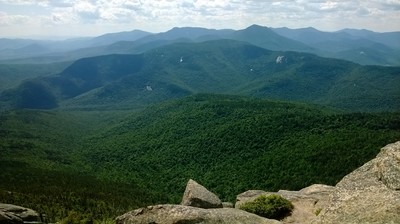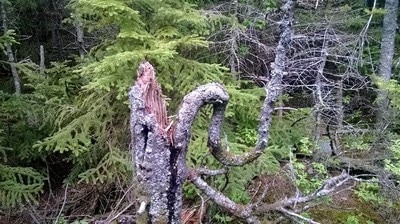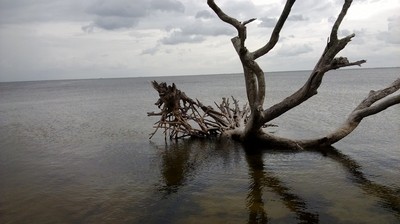|
I recently read The Farfarers by Farley Mowat. In it, he lays out his case for his belief that a pre-Celtic people from the British Isles arrived in the new world not only before Columbus, but even before the Vikings. The names of the various peoples can be rather confusing, so before I continue they require a brief introduction.
Alb is an Indo-European root word meaning white. Later, it came to mean snow-capped mountains, then mountains in general, then people that lived in the mountains, and then any people groups that lived in any wilderness areas. The Alps and Albania come from this. In the British Islands, there were Albans. Later, the Celts invaded and settled in Ireland, England, and Wales. After that, Armoricans fled Gaul (France) and settled in southern Scotland. The largest tribe of the Armoricans was the Picts and after settling in Scotland, they were all just called Picts. Later historians would even come to call the Albans northern Picts and the real Picts southern Picts. After the Romans conquered the Celts (then called Britons) and started to fight the Picts (then called Caledonians), pressure from the Celts, Picts, and Norse (Vikings) forced the Albans to resettle in Iceland (some had already followed the walrus there). Iceland was also known as Thule (or variants on it) or as Tilli. This should not be confused with Thule-culture Inuit, named after artifacts found in Greenland in a town named Thule. The Inuit are Eskimos of eastern Canada, whereas the Eskimos of western Canada are called Eskimos. So, while it is wrong to assume that Thule and Thule are the same, it is okay to assume that Eskimos and Inuit are the same. Later, the Norse (Vikings) would force the Albans out of Iceland into Greenland (then called Crona). Generations later, they would force them out of Greenland and into Newfoundland. After that, the Greenland Norse would split with Europe before dying off. Later, the Vikings (Danes) would arrive and find Greenland empty. In eastern Canada, there were not only Inuit, but Beothuks, Innu, and Tunit. The Tunit may have either been the same people as the Albans or they may have intermarried with the Albans. Viking records also mention a people in Canada called Skraelings, which may have referred to any of these groups or may be a totally different group. Eventually the Inuit killed or absorbed all others in Canada before the English, French, and other Europeans arrived. Phew! All right, that introduction wasn’t as brief as I was led to believe… The author claims that the official history of Iceland is that the Vikings discovered it empty, yet Viking records, Roman Church records, and Greek explorer records directly indicate otherwise. In addition, there is the question of why the Vikings settled in the most inhospitable areas first if Iceland was truly devoid of humans. It is also pointed out that what are thought to be house foundations are very similar in north Scotland and certain parts of Canada. The author even tries to support his timeline of migration by taking into account climatological and ecological changes over the centuries. For the most part, the book was well-written and captured some of the feeling of mystery, though a few parts were tedious. I also felt that the dramatizations of historical events in every chapter were unnecessary. Much of it was interesting, such as the technology of the ancients, including skin-boats, boat-houses, seal tar, cairns, brochs, and duns. I give it four stars.
0 Comments
Leave a Reply. |
AuthorMy name is Dan. I am an author, artist, explorer, and contemplator of subjects large and small. Archives
February 2023
Categories
All
|



 RSS Feed
RSS Feed